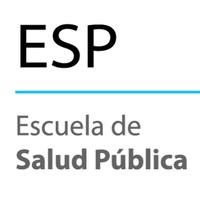Misión: La Escuela de Salud Pública es la Unidad Académica de la Universidad de Costa Rica que fomenta el pensamiento humanista, científico y tecnológico en el campo de la Salud Pública y que realiza su trabajo a partir de una actitud crítica, reflexiva y comprometida para el desarrollo de la salud colectiva en el ámbito nacional e internacional; ejerciendo con excelencia y de manera articulada las funciones académicas de docencia, investigación y acción social.
Visión: La Escuela aspira a convertirse en la unidad académica líder en la formación del recurso humano en grado y posgrado, en investigación y acción social en materia de salud pública, con reconocimiento nacional e internacional contribuyendo al cambio positivo y necesario para el logro de la equidad en la salud de las poblaciones.
